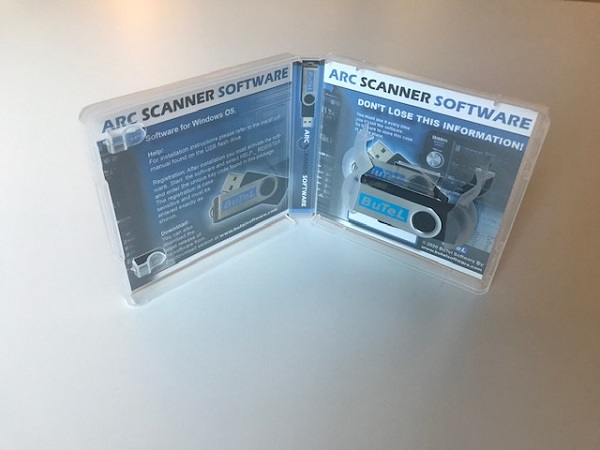

You must be wondering, “Is CAM software really that buggy that we can’t trust the built-in simulator?” In most cases, it isn’t a function of major bugs but rather of little issues that go undiscovered.

Our customers tell us it saves them from problems that otherwise would’ve turned up on the machine. Our G-Wizard Editor software is a great example of a g-code simulator. First, let’s understand the translation role better. We’ll talk in greater length about some of these other possibilities below. Another example might be a post that automatically subsitutes a deep hole drilling cycle whenever the length to diameter ratio of the hole is too large. The Post can change the initial setup of a part program and it can change how particular operations work.

It might make sense to have one Post for standard jobs and another for 4th Axis jobs. For example, you might use a 4th axis in a certain way, but you don’t use the 4th axis for every job. While translation to specific g-code dialects is the primary task of a Post Processor, they can do a lot more besides to customize your part programs to work using the Best Practices of your shop. There will be a different Post for each g-code dialect your CAM software supports. We often refer to a particular instance of a translation as a “Post”. The Post Processor is the component of your CAM software that is responsible for translating to the exact g-code dialect. Doing so obviously requires an awareness of the exact g-code dialect that is being targeted. CAM software has to take geometry from a CAD model and convert it to g-code. We’ve seen that there are many dialects of G-Code. Note: This article is part of CNCCookbook’s G-Code Tutorial What is a CNC Post Processor? CNC Post Processors & CAM for Different G-Code Dialects


 0 kommentar(er)
0 kommentar(er)
